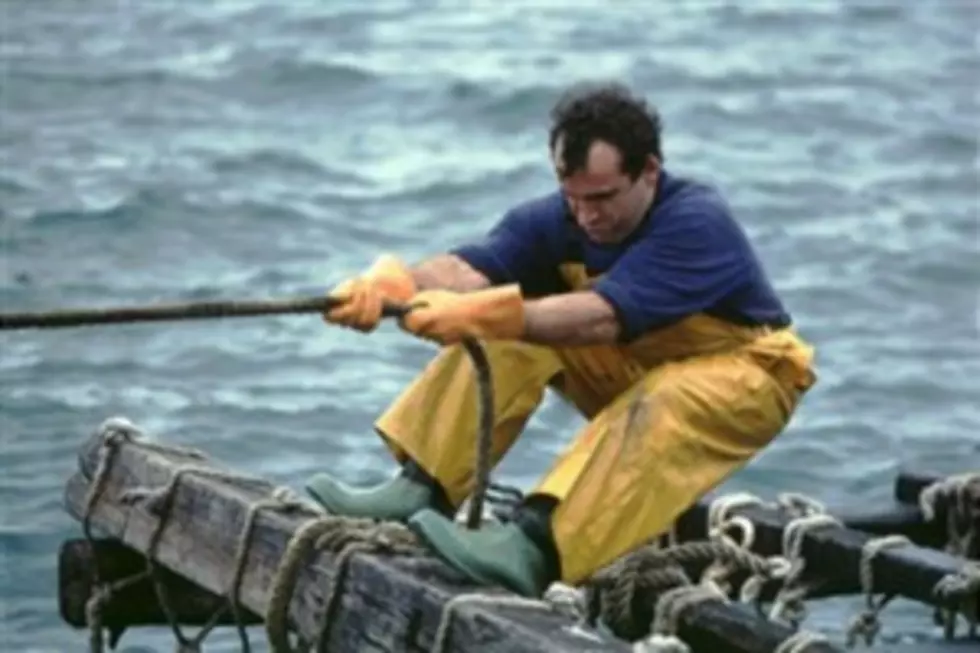
Top Five Most Dangerous Jobs
Every job has its dangers, whether you work inside or outside, if you don’t use caution and common sense, you could be injured. There are some jobs that are more dangerous than others and the top 5 for 2012 are in. The most dangerous jobs usually involve being above ground, have chemicals involved, lack of proper training, involves dangerous equipment or work in remote areas.
Number five on the list are Roofers. Whenever a job deals with working several stories above the ground there is danger. Falls are the most common form of injuries for roofers, but they face other dangers, from handling hazardous materials like tar pitch, to electrocution and hoisting accidents.
Next come Sanitation Workers. We tend to think of the odor they have to breathe all day but the main risk is jumping off and on garbage trucks on busy city streets. Volatile chemicals and flammable materials inside garbage bags is another danger. According to the Labor Department, 34 sanitation workers died last year.
You might think an airline pilot is a glamorous job. Not if you fly the skies of Alaska. More than 10.000 pilots fly Alaska but many are inexperienced, unfamiliar with the terrain or weather conditions and flying older, outdated planes. There were 72 fatalities last year for Alaskan pilots.
The top two are outdoors, one on land and one on water. Loggers at number two have a fatality rate of 102 per 100,000 workers at a median salary of $37,000. Huge trunks can role downhill quickly crushing workers not to mention they’re already working on steep, slippery slopes. Most cutting these days is done from inside the cab of a logging rig cutting down on the number of chainsaw deaths.
The number one most dangerous job is Fisherman. In the annual report of workplace fatalities, forty five were lost last year. Things used to be worse for Fisherman, with loss of life and vessel accidents, getting insurance was beginning to be a major problem. With new training in safety skills such as fire prevention and cold water survival, along with changes in fishing quotas systems, things are beginning to get better. Last year the fatality rate for Fisherman was 121 workers per 100,000.
More From B98.5









